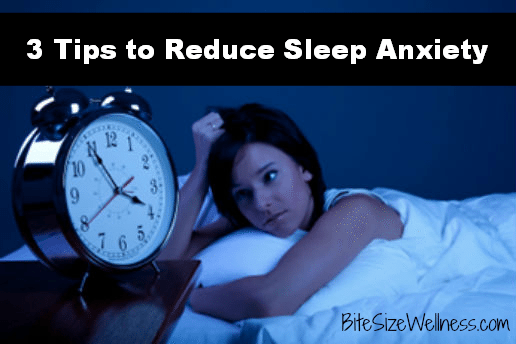
Is the most difficult part of your day falling asleep? You are not alone.
Many people suffer with chronic stare at the ceiling syndrome which is accompanied with excessive worry and preoccupation of the fact that you are not in your dream zone and it is 4:04 a.m.
Part of the problem is that it has been hammered into our brains that 8 hours of shut eye is the amount of sleep everyone should strive for each night. And when that doesn’t happen it means we are doing something wrong, which heightens the vicious cycle of a poor night sleep. It seems a bit comedic…until it is you.
But a recent article in the New York Times says that issues with our bedtime habits may need to be reassessed:
Typically, mention of our ever increasing sleeplessness is followed by calls for earlier bedtimes and a longer night’s sleep. But this directive may be part of the problem. Rather than helping us to get more rest, the tyranny of the eight-hour block reinforces a narrow conception of sleep and how we should approach it. Some of the time we spend tossing and turning may even result from misconceptions about sleep and our bodily needs: in fact neither our bodies nor our brains are built for the roughly one-third of our lives that we spend in bed.”
However, most of us don’t appreciate the middle of the night wake-up sessions and it can cause severe anxiety about our off-kilter sleeping habits causing us to run to the doctor and medicate or buy one of the over the counter sleep aids just to appease the 8-hour chunk of sleep we are supposed to fulfill.
So instead of lying in bed thinking about all the sleep you are not getting, try to enjoy a peaceful night of rest with these 3 tips to anxiety free pillow talk.
- Stop forcing it. Try to avoid thinking about how you are not sleeping and approach your time under the covers with a more laid back attitude. Say to yourself: “If I sleep well then great and if not then I know I will be able to manage the next day from the amount of shut eye I had.” This should make you less anxious about falling asleep on a set schedule.
- Try stimulus control therapy. Just like Pavlov and his dogs you have to condition yourself that bed equals sleep, only. This means that you should only go to bed when you feel sleepy and leave the bedroom if you wake up in the middle of the night so that your mind takes note that the bed is for shut-eye. This means no working, reading or watching TV until you are accustomed to a regular sleep-wake schedule.
- Worry later. Schedule “worry time” when you are on the treadmill, walking through the grocery store aisles or sitting on the train after work. Whenever you choose to do it make sure you aren’t worrying away those precious minutes of snooze time. Set your mind free with these worry-free tips. The biggest sleeping hazard is your mind!
If you can’t do any of these I say to grab a pillow and lay it on your desk. Wouldn’t that be a sweet dream come true?
How many hours of sleep do you get? What tips do you have to get some shut eye?
Feature photo via

My biggest problem is going to bed early enough. I love to get up early, super early. The morning is my favorite time of day. But I also hate going to bed early. So, for me, getting enough sleep is really hard but when my head hits the pillow I am sawing some zzzzzzzs.
I am so not an early bird…but I want to be! I will have to takes some tips from you on the joys of an early rise 🙂
[…] A good habit to ‘fall’ into: It’s not just about getting your beauty rest—a full night’s sleep is incredibly important to staying healthy! Make sure you’re getting enough with these tips from Bite Size Wellness on reducing sleep anxiety. […]
Thank you for sharing this. Thanks for the tips as well. This is really helpful.
[…] A good habit to ‘fall’ into: It’s not just about getting your beauty rest—a full night’s sleep is incredibly important to staying healthy! Make sure you’re getting enough with these tips from Bite Size Wellness on reducing sleep anxiety. […]